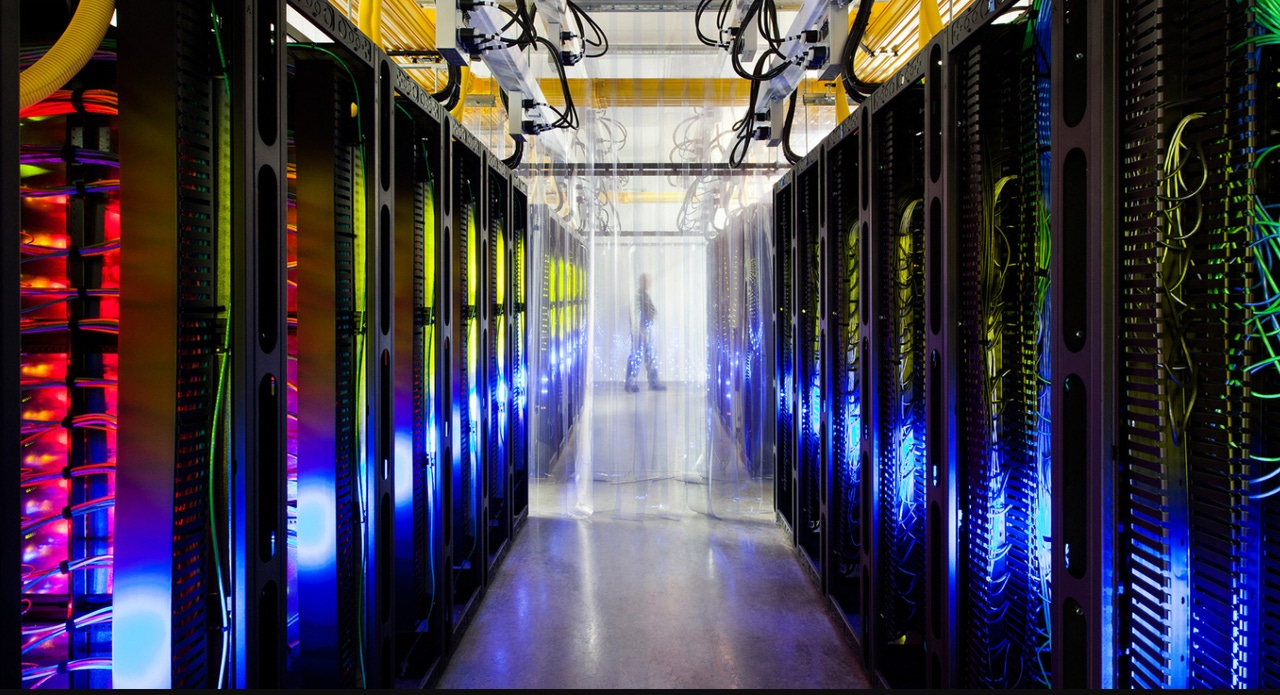Cloud Giants Continue Pouring Billions Into Data CentersCloud Giants Continue Pouring Billions Into Data Centers
Hyperscale data center spend may be slowing down, but it remains enormous.

Even though there are indications that overall cloud data center spend may be slowing down, the biggest cloud providers continue spending billions to expand their platforms’ physical scale.
Amazon, Microsoft, and Alphabet all reported their earnings for the quarter ended September 30 this week, and all three said they invested a ton of money in data centers during the quarter. They don’t report the exact amounts they spend on data centers – usually lumping that number with spending on other things – but it’s safe to say that data centers represent the bulk of the bucket they're in.
While it’s advantageous for these companies to send a message to customers that they’re willing to spend big on infrastructure to support them, it’s not advantageous to say exactly how much they’re spending. That’s more information than any of the players in the cloud arms race likes the others to have.
But we can get at least an approximate idea of the level of data center spend from what they do disclose. Google’s parent Alphabet, for example, spent close to $5.6 billion on “production equipment, data center construction, and facilities” during the quarter, Alphabet CFO Ruth Porat said on an earnings call Thursday. That’s up from $3.6 billion spent on the same things during the same period last year.
The increase in spending, she explained, was due to a ramp-up in data center construction and network infrastructure investment. “Relative to last year, it's important to note that data center construction is an increasing percentage of our CapEx investment,” she said. “We're now in various stages of developing more than 20 data center sites globally. We're also investing in network infrastructure, such as undersea cables, so we can deliver speed and quality.”
Google obscures its cloud revenue too, reporting it as part of an “other revenue” bucket. That bucket’s size in the most recent quarter was $4.6 billion, up 29 percent year over year, a growth rate “fueled by cloud and Play,” Porat said, referring to the Android mobile app marketplace.
Amazon, the leader of the cloud pack, reports its data center spend as part of a capital leases bucket, whose size during the quarter was $2.33 billion. The rate of growth in the company’s spending on data centers has slowed down a lot compared to a year ago.
On its earnings call (also Thursday), Amazon CFO Brian Olsavsky sought to assure analysts that the level of investment wasn’t growing as much because of the efficiency of the company’s data centers. Having more efficient data centers means you don’t have to build as many of them, which in turn helps improve profit margins.
“If you look at capital leases – which is where we spend money for the data centers – it’s up only 9 percent year-over-year (trailing 12 months), and it was up 69 percent last year, at the end of the year,” Olsavsky said. Capital leases for the 12 months ended on September 30 totaled $9.7 billion.
“You see the operating margin for AWS is up to 31 percent this quarter. A lot of that is based on efficiencies of our data centers,” he said. “Not only for the AWS business – they’re also for our Amazon consumer businesses, who is AWS’s biggest customer.”
Amazon reported $6.68 billion in AWS revenue for the quarter – up 46 percent year over year.
Microsoft, the second-biggest cloud provider, obscures revenue from its Azure cloud services by reporting it as part of an Intelligent Cloud bucket, which also includes its server software sales. Intelligent Cloud revenue was $8.6 billion, up 24 percent year over year, the company said.
Azure revenue was up 76 percent year over year. By one Stifel Nicolaus & Co. analyst’s estimate, that revenue was $2.69 billion.
Backing this rate of growth are billions of dollars spent every quarter on new data center capacity.
“As expected, capital expenditures including financed leases were up sequentially to $4.3 billion, driven by ongoing investment to meet demand for our cloud services,” Microsoft CFO Amy Hood said on an earnings call Wednesday.
Like Amazon, Microsoft is looking at a deceleration in infrastructure spending in the quarters to come. “For CapEx, we continue to expect the growth rate for the year to moderate, even as we meet demand for our cloud services,” Hood said.
Read more about:
Google AlphabetAbout the Author
You May Also Like







